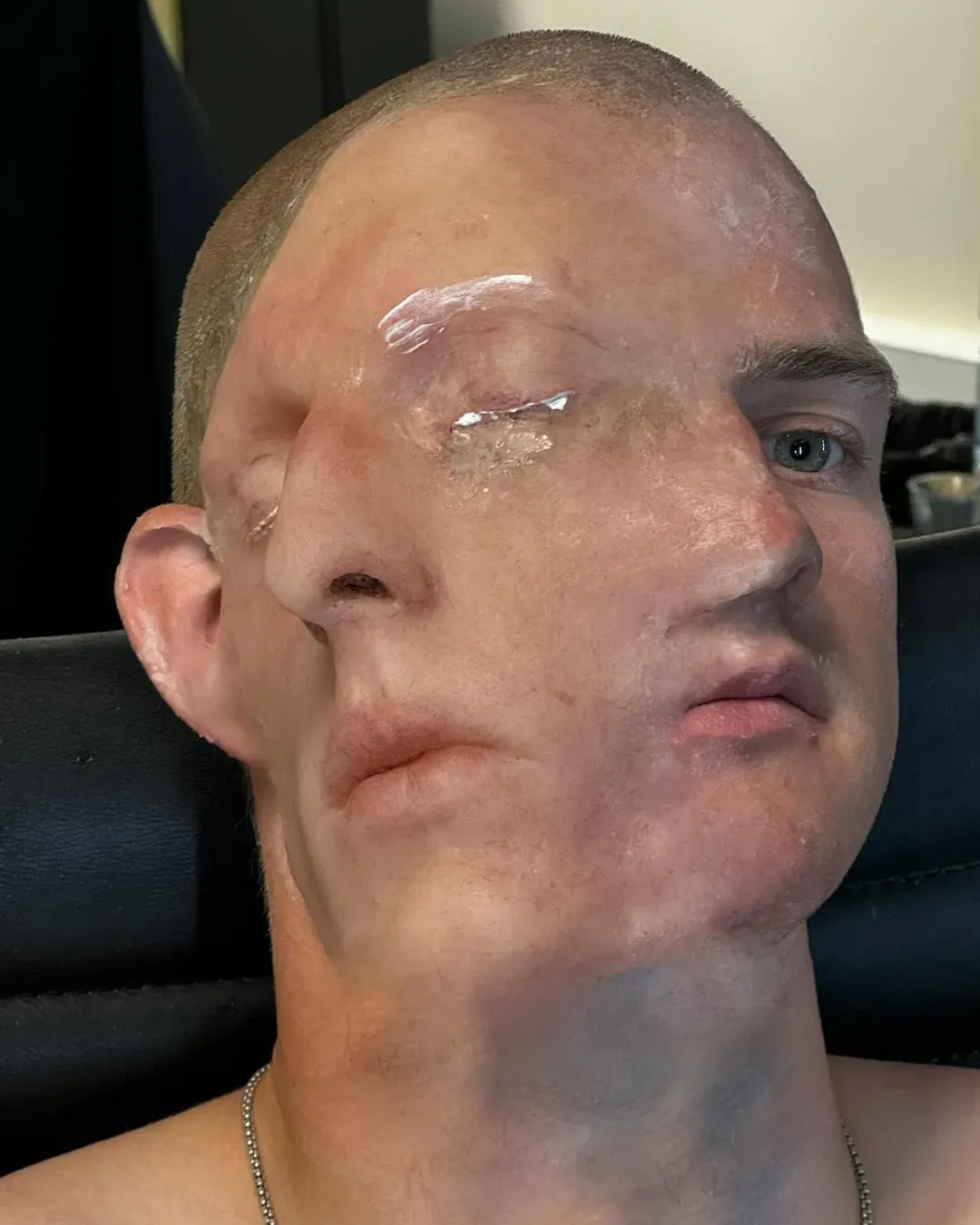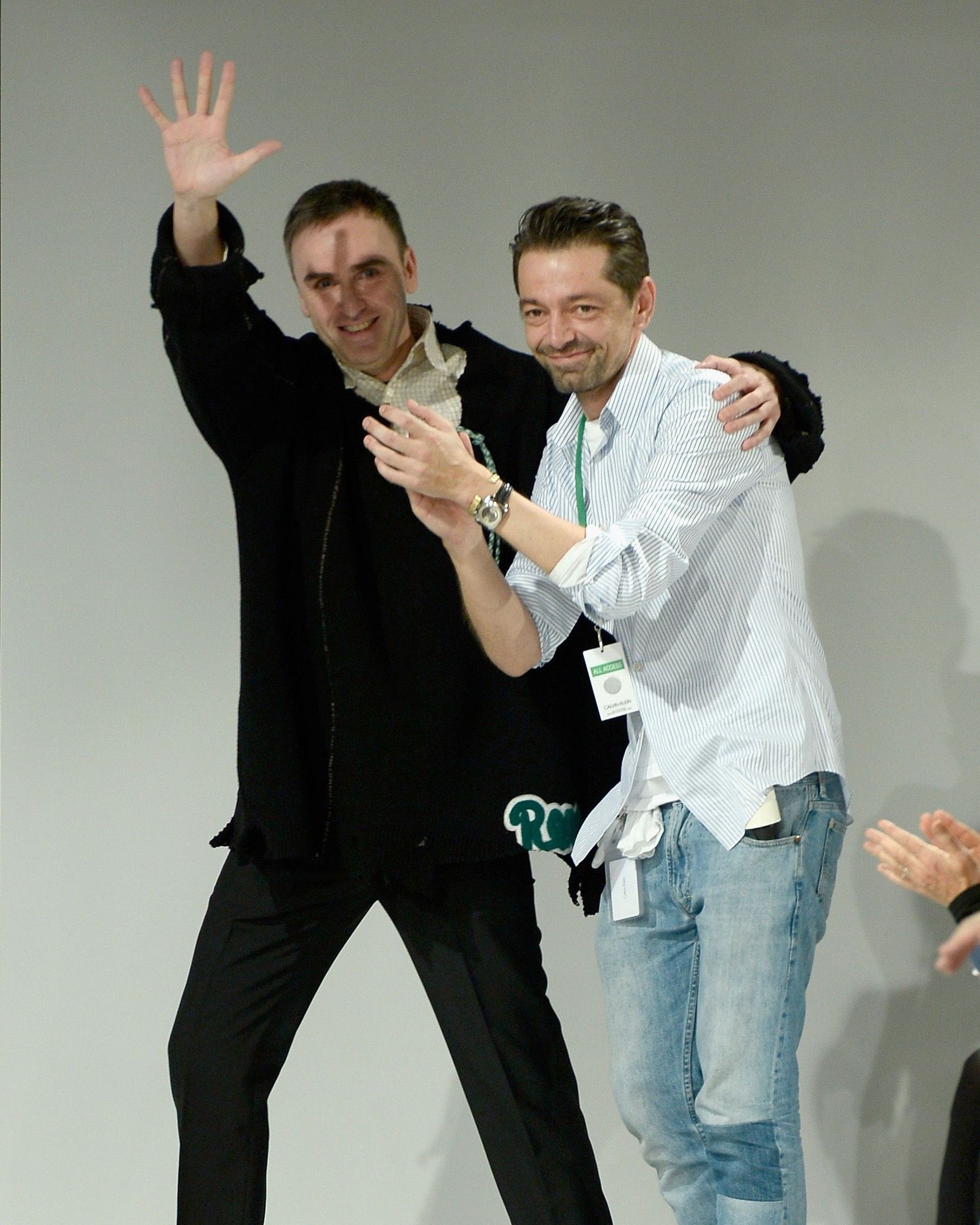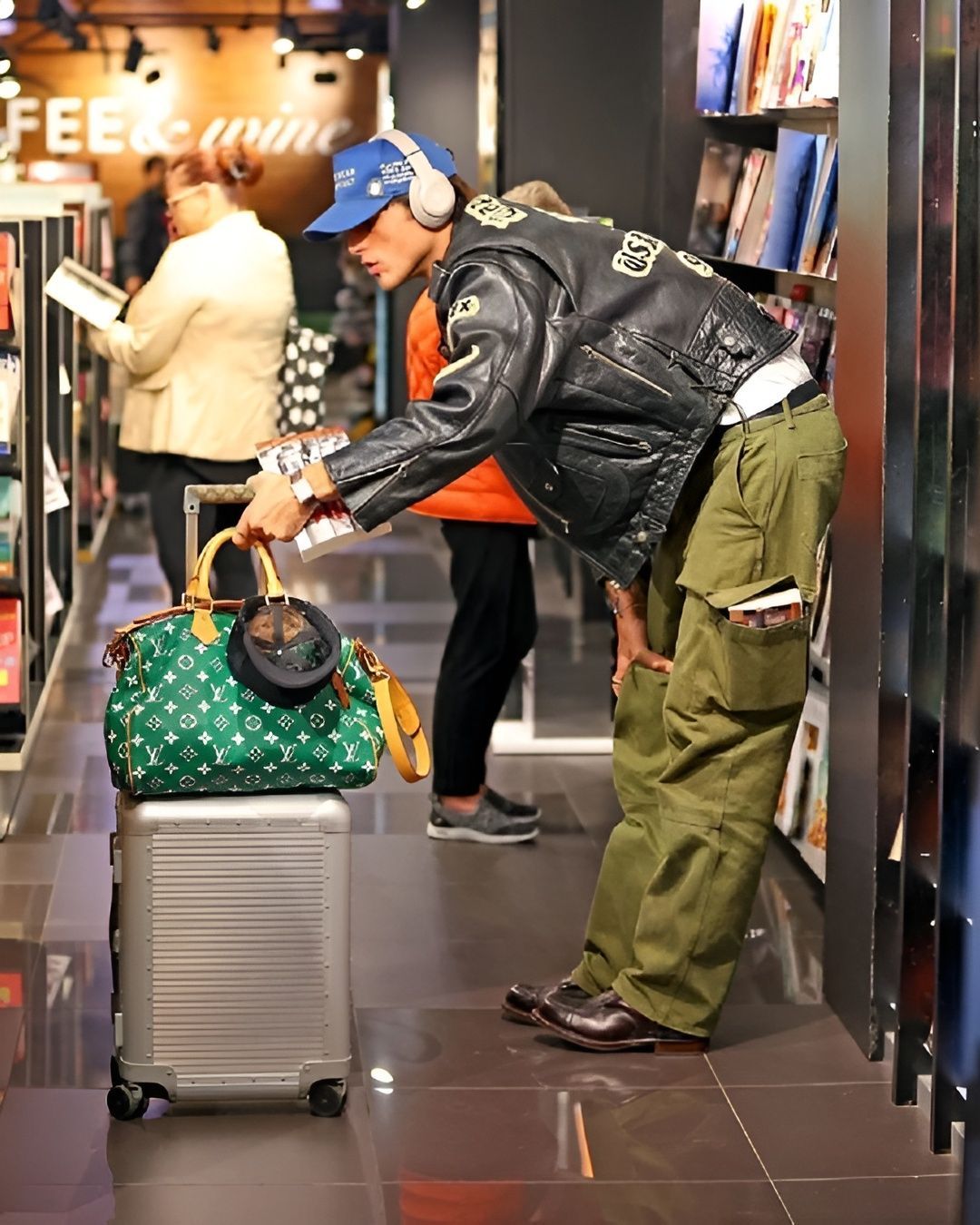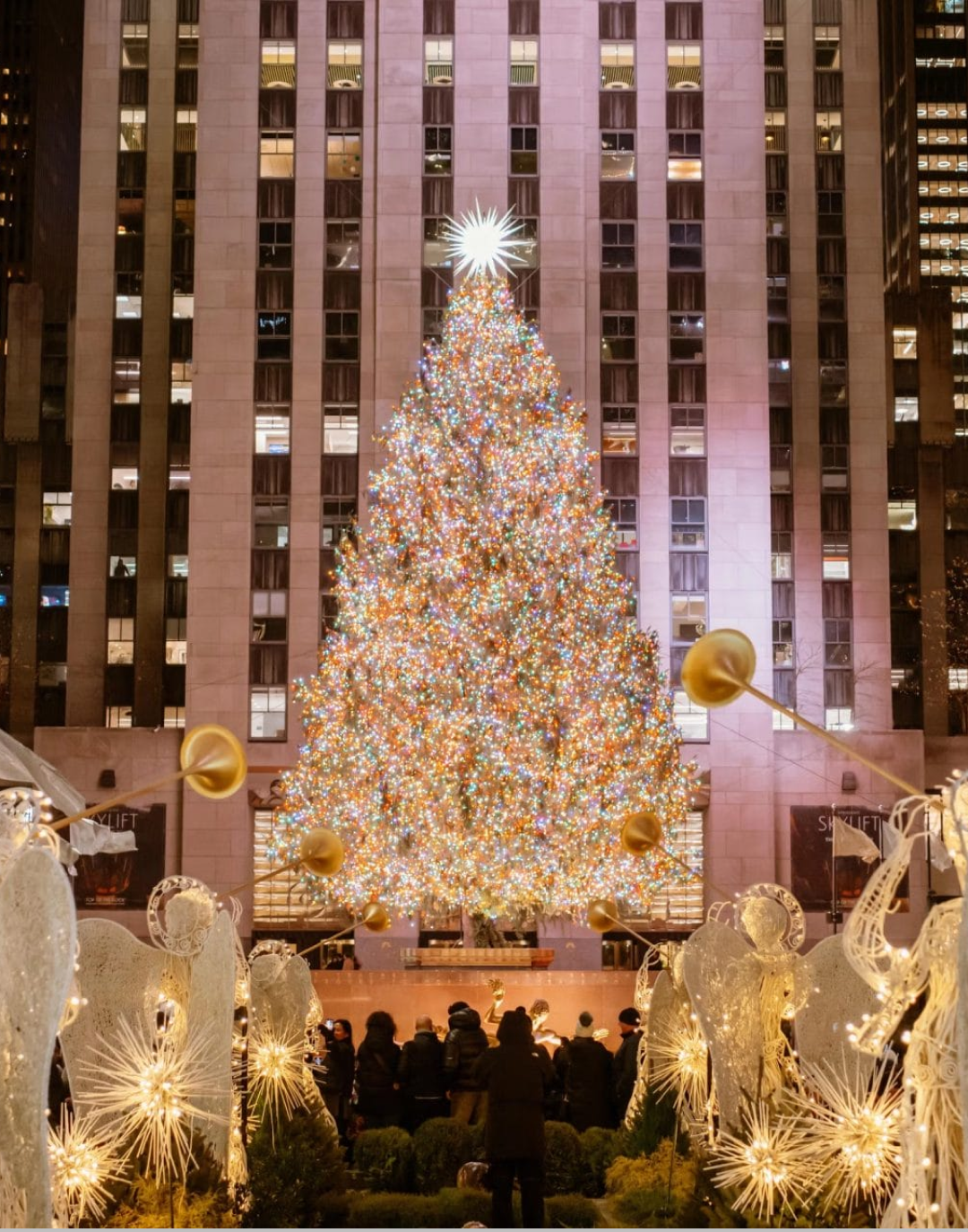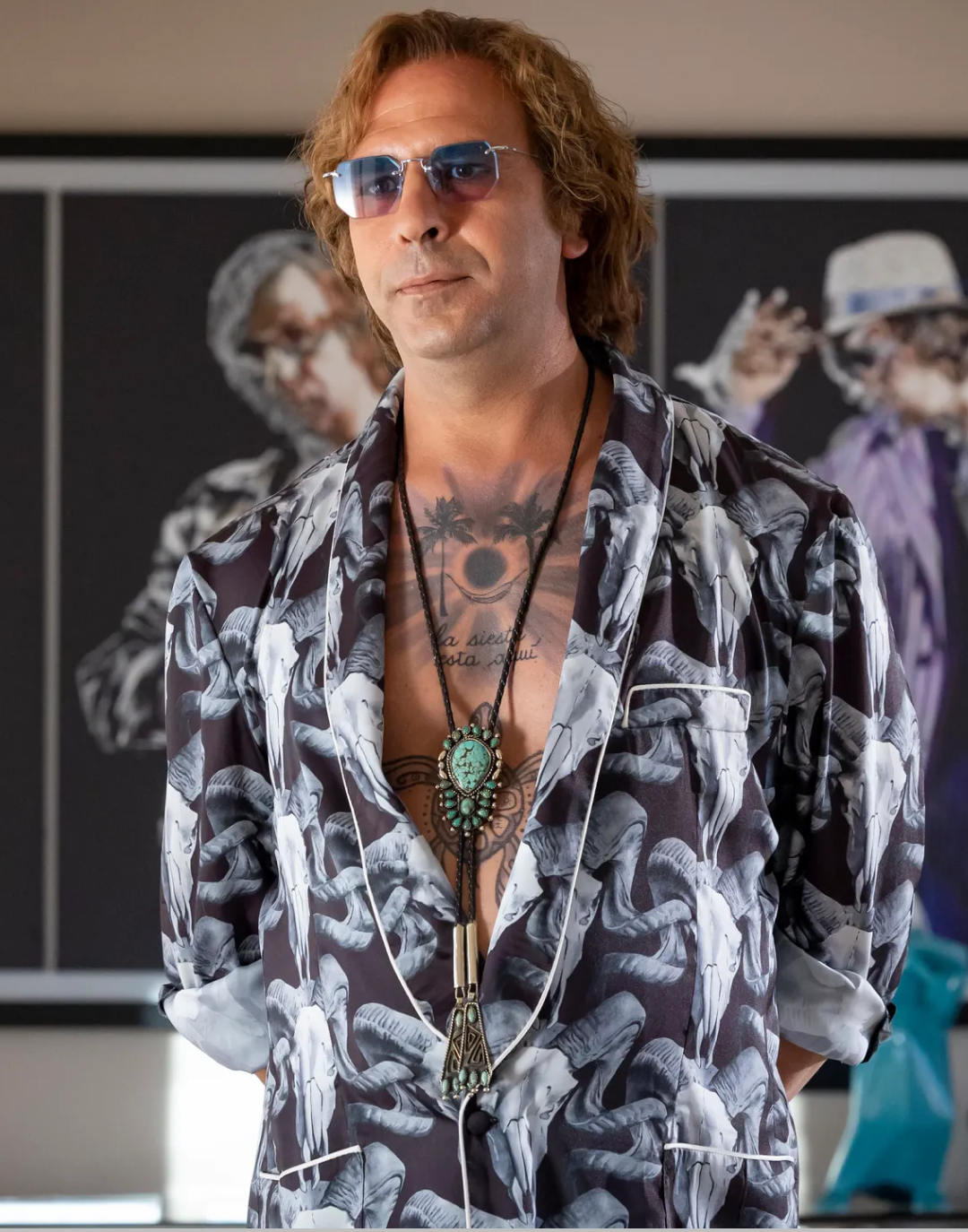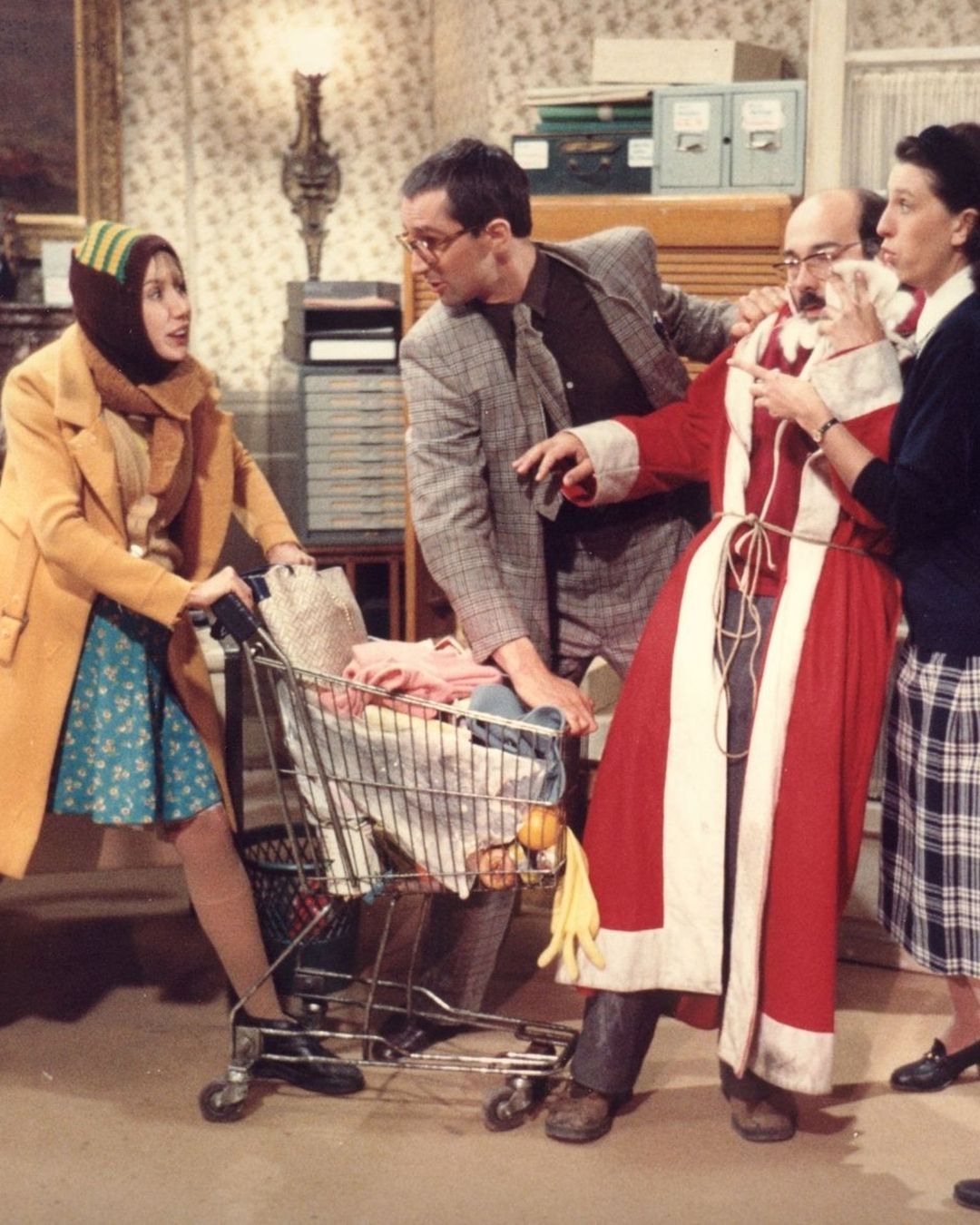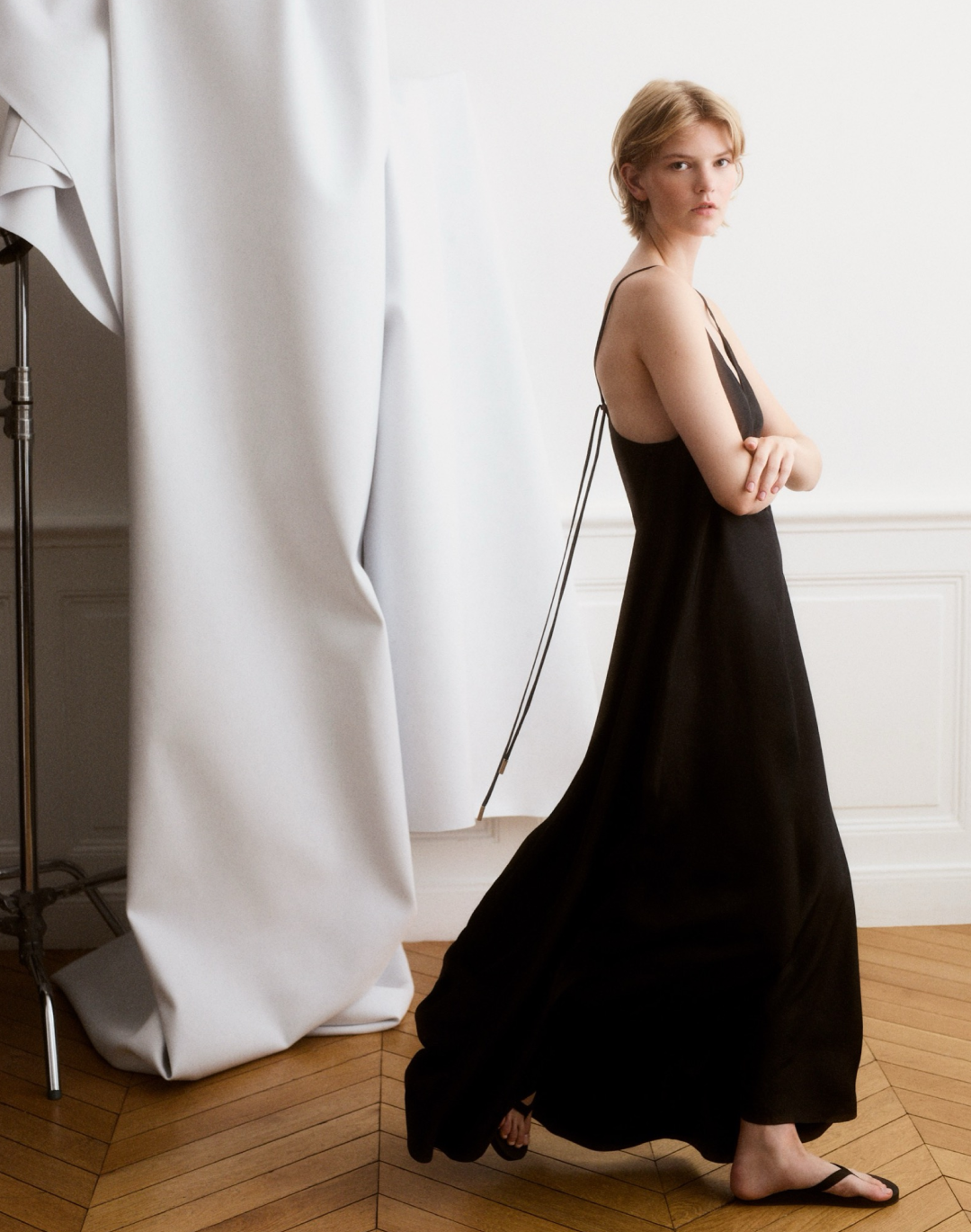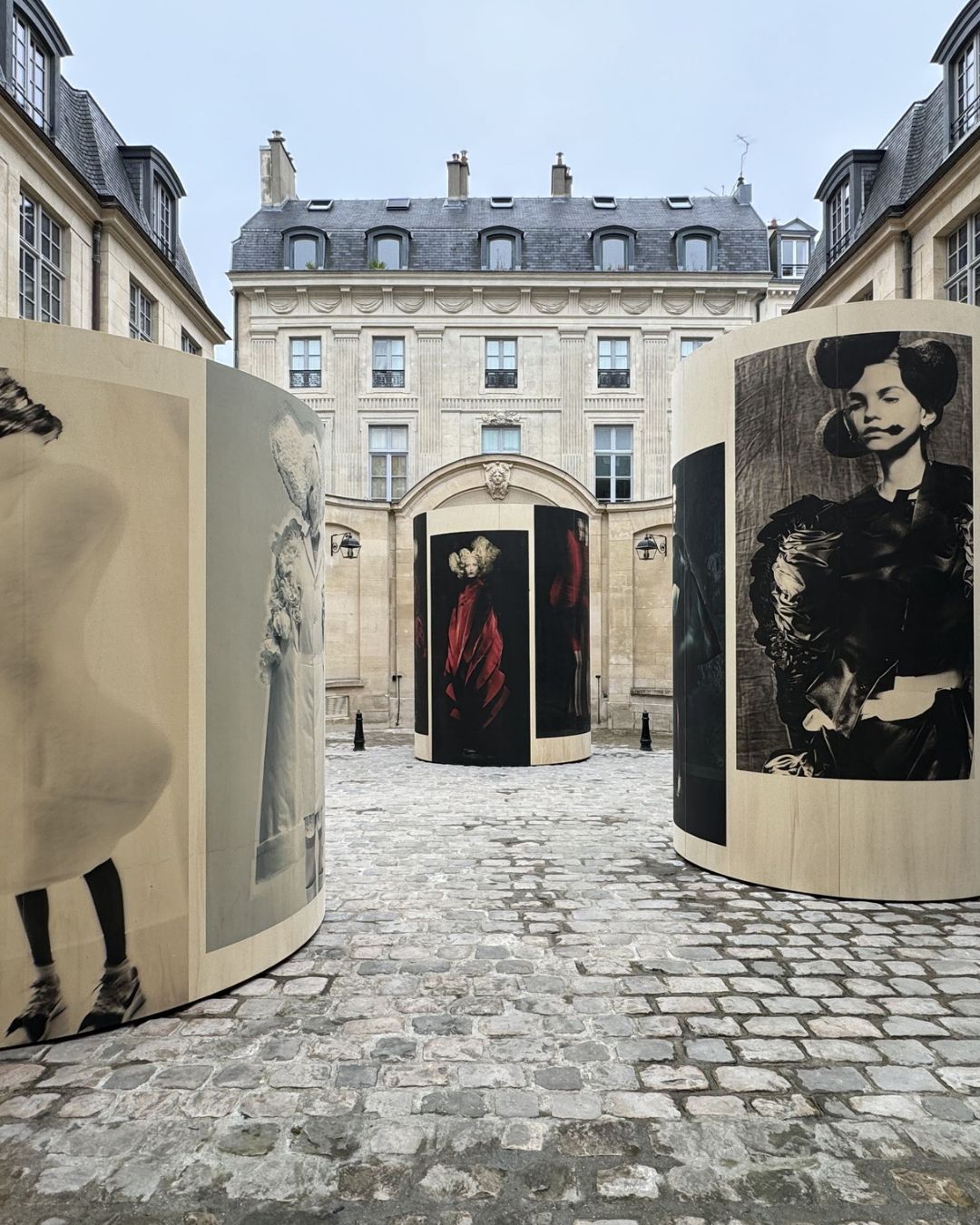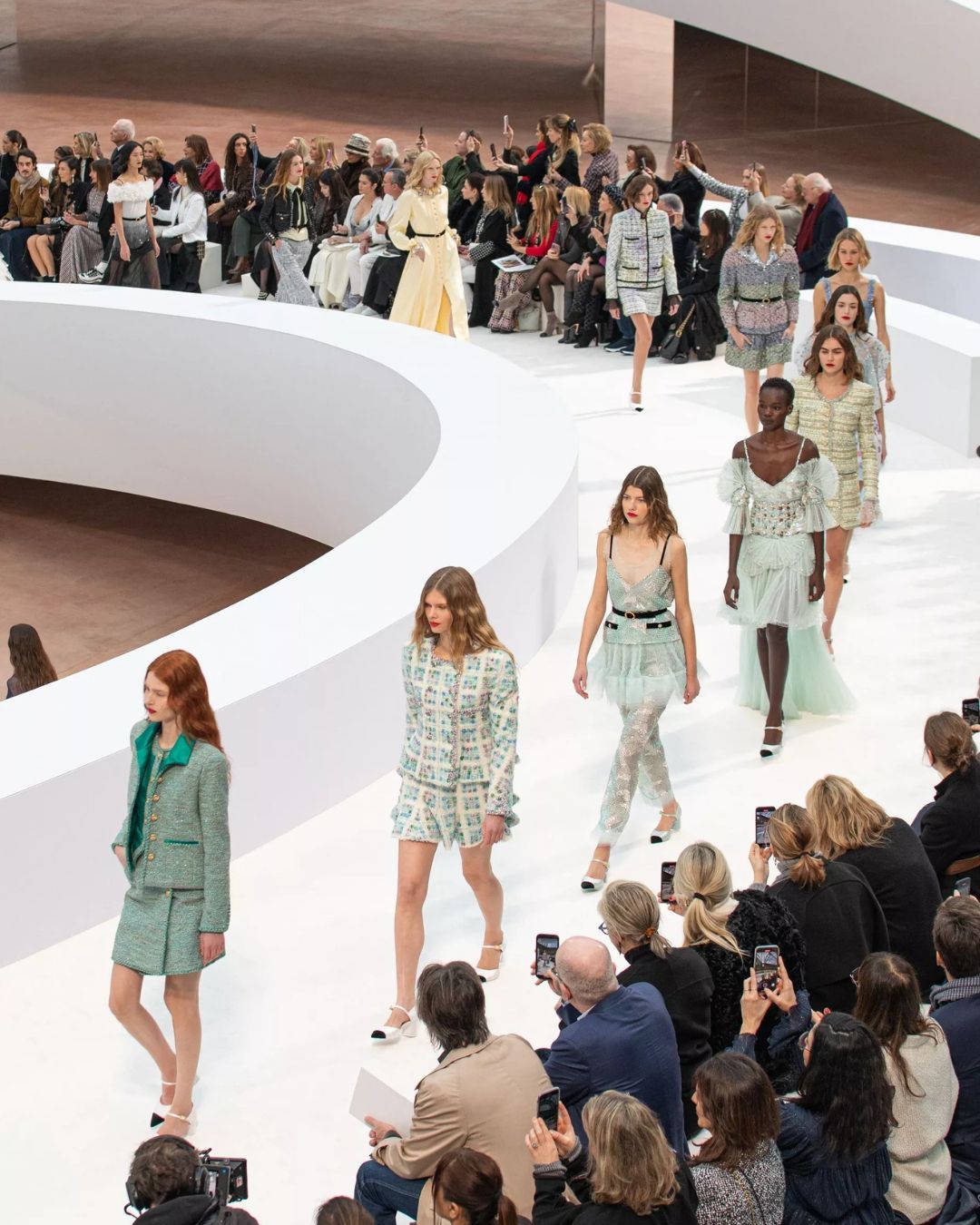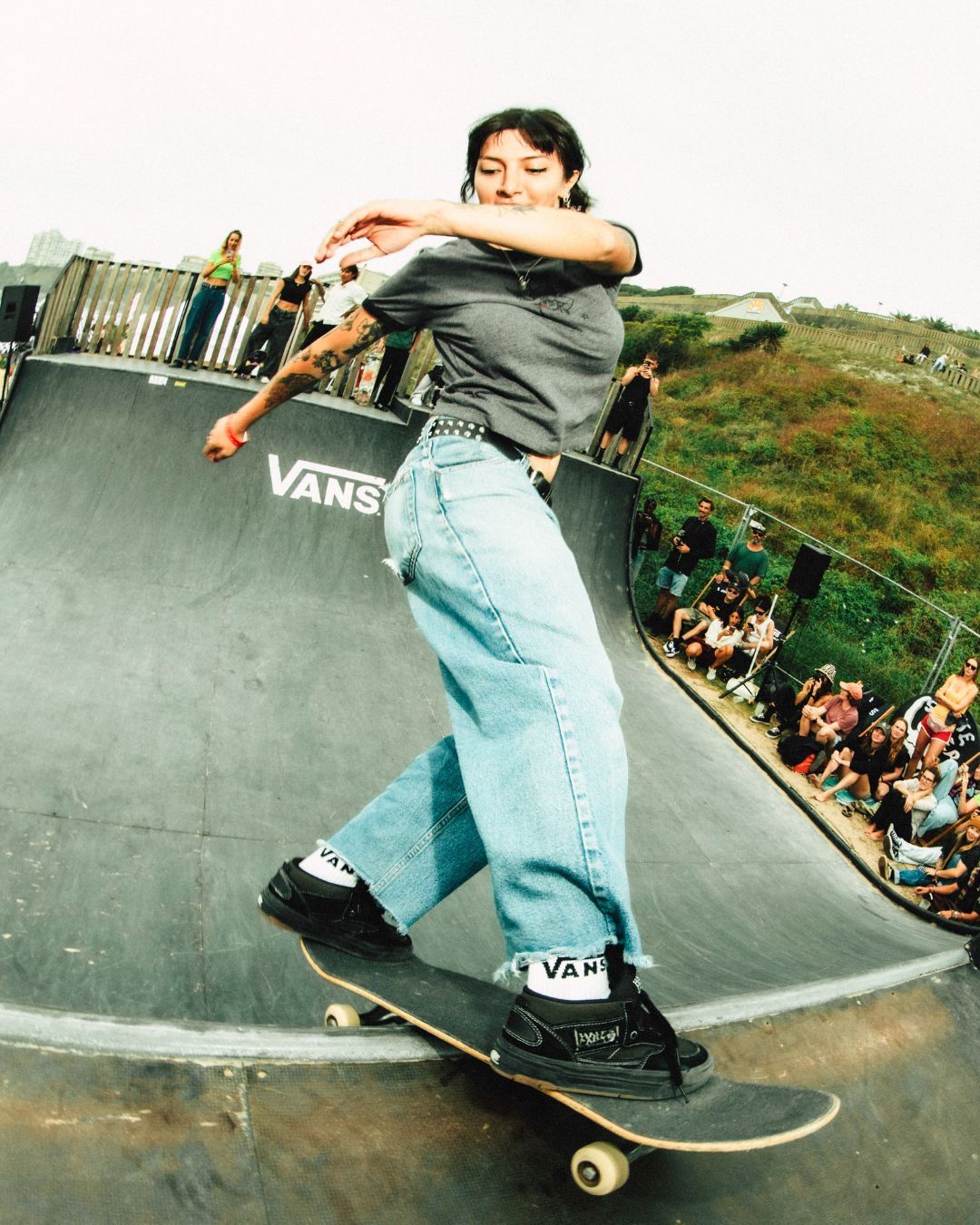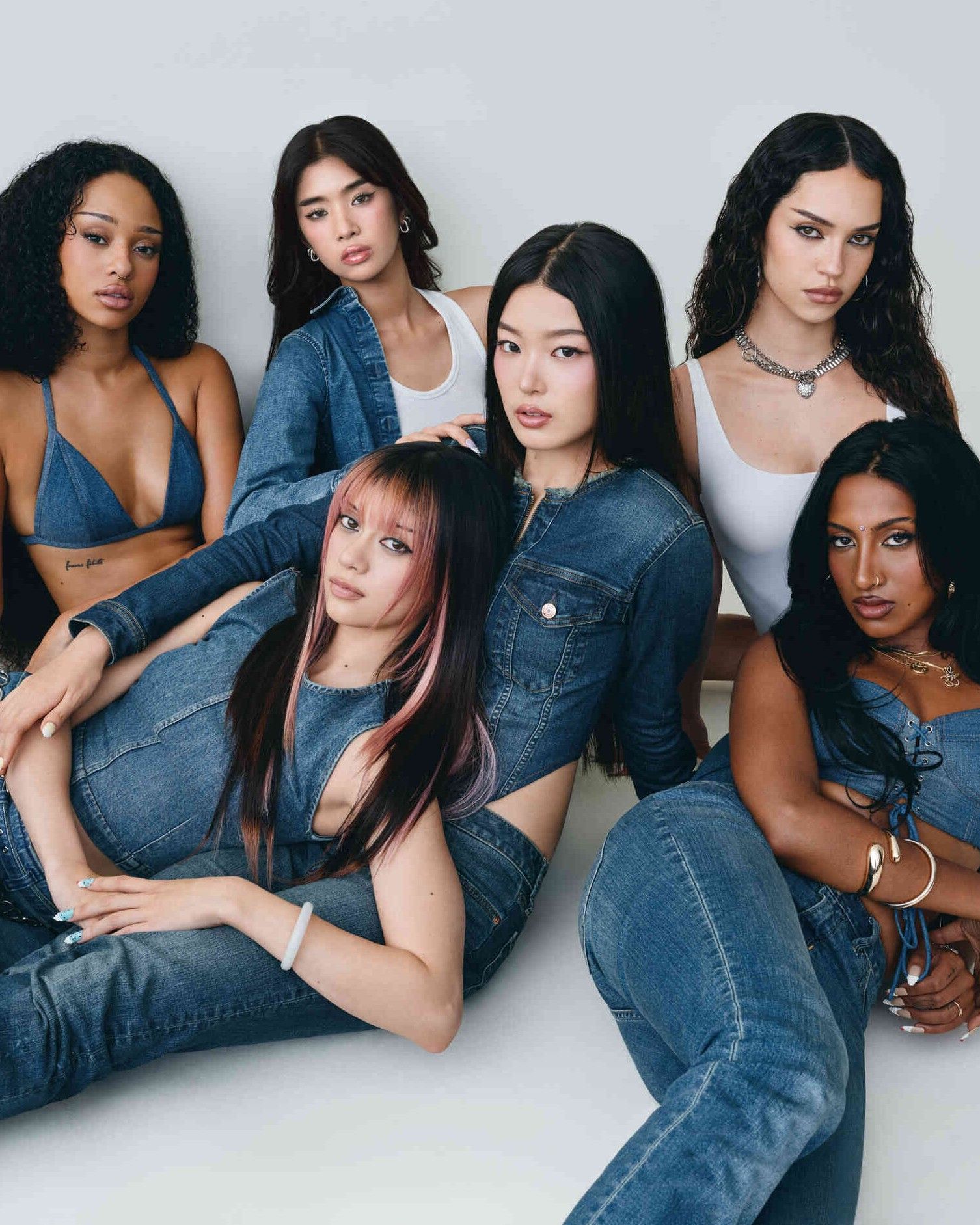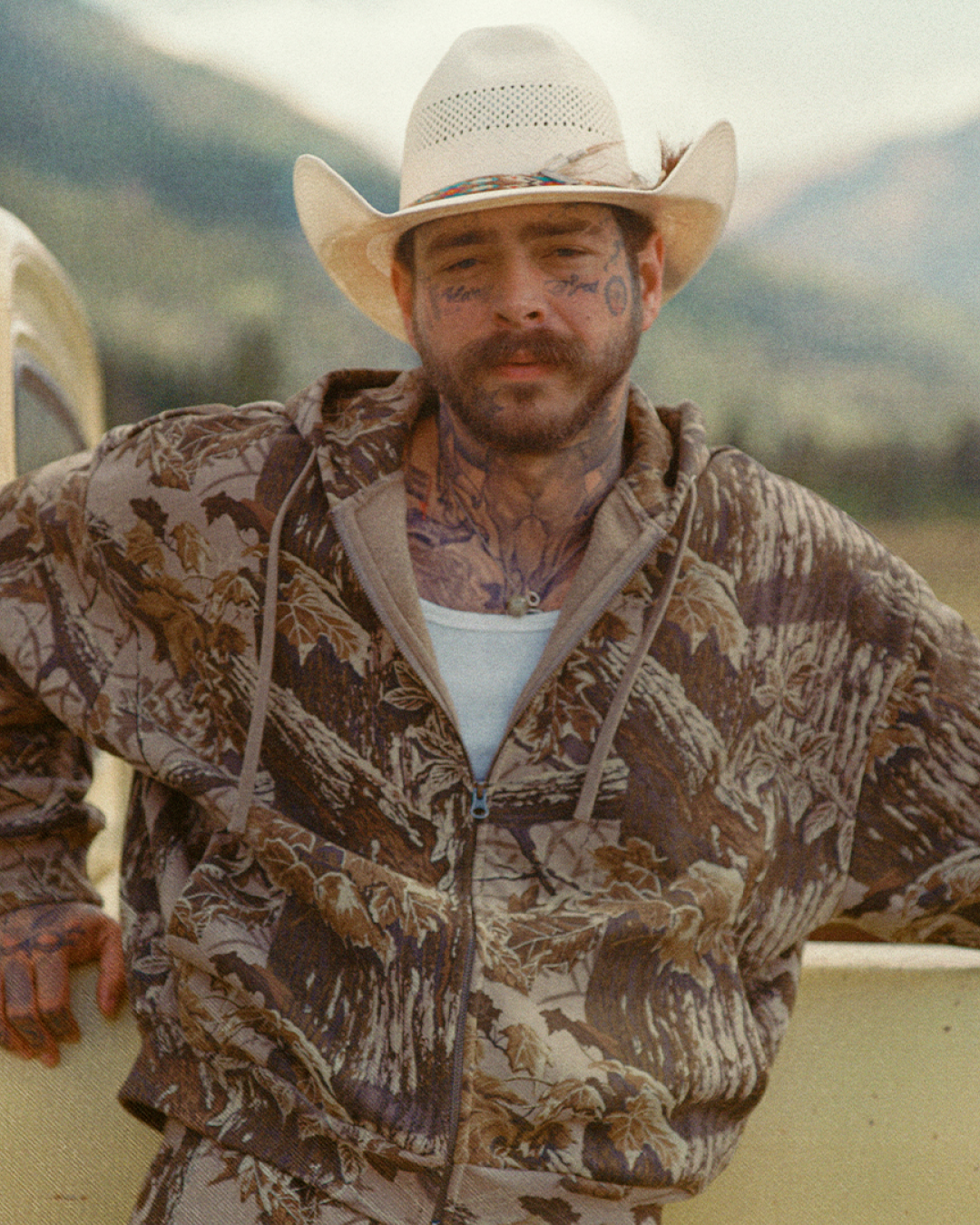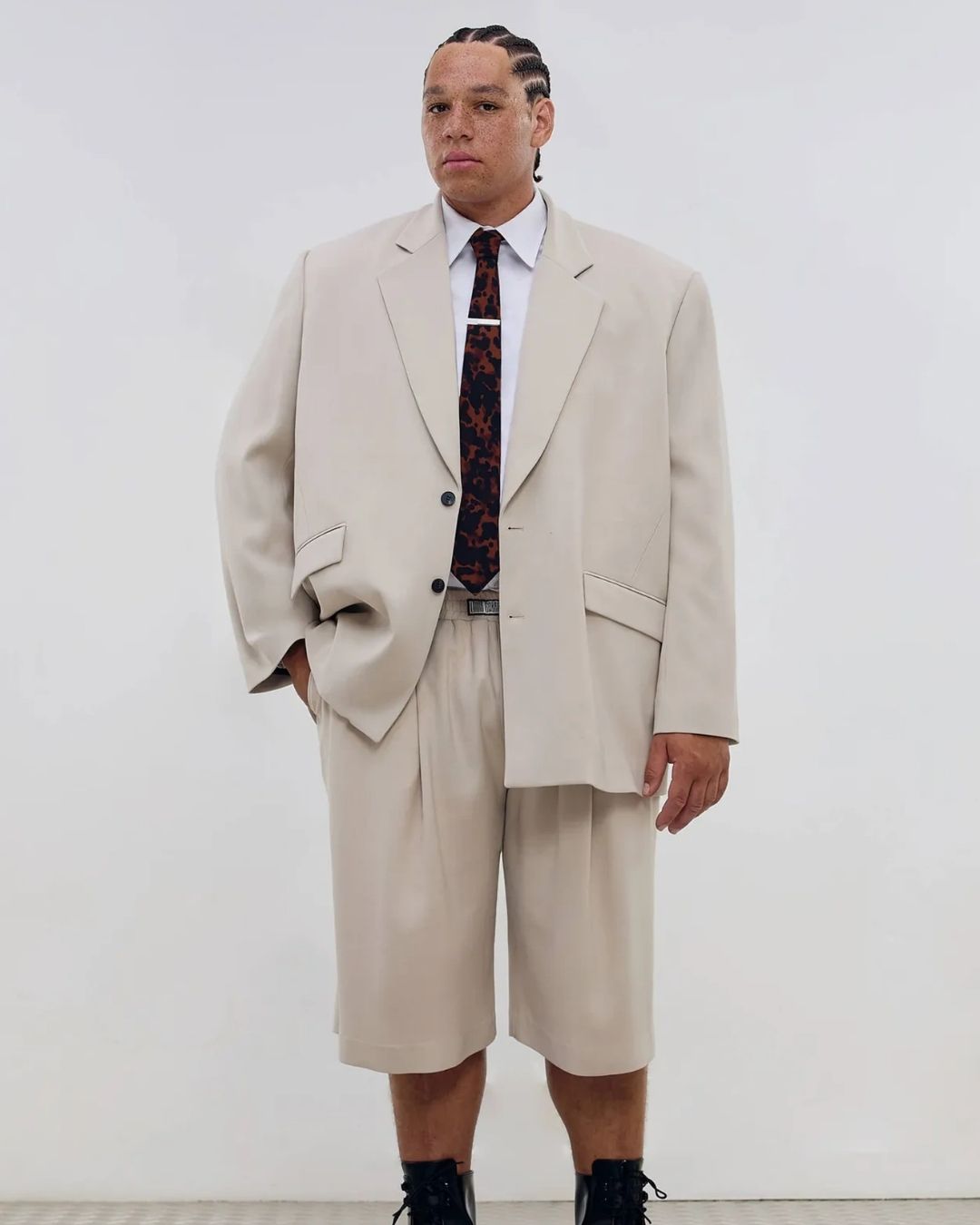
For how much longer will Paris Fashion Week refuse to be more inclusive? After another Men’s Week with little size diversity, there is little hope for size inclusivity in September
Inclusivity has been one of fashion’s favorite buzzwords for the better part of a decade. But after another Paris Men’s Fashion Week where runways largely stayed loyal to the same narrow beauty ideals, Paris still lags behind when it comes to size inclusivity. The model archetype on most major runways continues to skew tall and thin, with plus-size representation all too often missing from view. With Women’s Fashion Week on the horizon in September, there is a growing sense that Paris needs to catch up or risk appearing tone-deaf to the demands of a new generation of consumers. The real question is why Paris Fashion Week remains so stubbornly resistant to dressing the people who actually exist beyond its runways. The conversation around body inclusivity has gained momentum globally, yet Paris, long seen as fashion’s crown jewel, still seems reluctant to reflect that change. Granted, Men’s Fashion Week has never been at the forefront of the size inclusivity movement. In many cases, casting choices feel frozen in time, echoing what we saw 20 years ago, even as we now live in an era that champions inclusivity and representation. The only real exception comes when they cast a celebrity, as seen this season with NFL wide receiver Stefon Diggs and Twitch streamer Marlon Garcia both walking for Willy Chavarria, or Afrobeats singer Rema walking for the 424 Inc x Porsche show.
Earlier this month, the American label Telfar staged a show in the streets of New York City, held outside the official fashion week calendar, earning global praise for its casting diversity across both size and age. The show demonstrated that a wide range of people were integrated into the collection’s vision, and the casting was both intentional and refreshing, with designs worn by models of all sizes reflecting the world we live in. The applause from critics and consumers alike only sharpened the spotlight on Europe’s more conventional runways, where plus-size models remain a rare sight. On the European stage, Copenhagen Fashion Week has made size diversity and representation a structural priority, with a wider range of sizes and ages often seen on Danish runways. Paris, however, clings tightly to its traditions, holding on to an old-school ideal of beauty that feels increasingly out of touch with what consumers, especially younger generations, want to see. There’s a reverence for the slim silhouette that has defined the city’s fashion legacy for generations, and the biggest names on the schedule continue to favor this aesthetic. The business reality is that they can. Luxury’s cultural capital is so deeply entrenched that the absence of size diversity hasn’t threatened its bottom line.
Vogue Business size inclusivity reports point to a broader trend. They have reported on the failure to expand size inclusivity over the past few seasons. For SS25, they noted that “the body positivity movement has lost steam in mainstream culture as the pendulum has swung back to the glamorization of thinness” — a pattern that continued into AW25. According to the report, of the 8,703 looks presented across 198 shows and presentations, 97.7 percent were straight-size (US 0–4), 2 percent were mid-size (US 6–12), and just 0.3 percent were plus-size (US 14+). That marks a drop from an already low 0.8 percent plus-size representation the previous season, while mid-size visibility fell from 4.3 percent. Perhaps Paris’s reluctance to embrace true size inclusivity has less to do with tradition alone and more to do with the cultural forces reshaping fashion globally. The rise of weight-loss drugs like Ozempic and the backlash against “wokeness” have both played a part in reversing progress. It could also be that Paris simply doesn’t feel the pressure to change at all. After all, its runways, sharp, uncompromising and loyal to their own vision, remain the most coveted stage in fashion. And perhaps, for now, that exclusivity is exactly what keeps it that way. Still, all eyes are on September’s Women’s Fashion Week. Perhaps we will see more size inclusivity, perhaps we will not.






